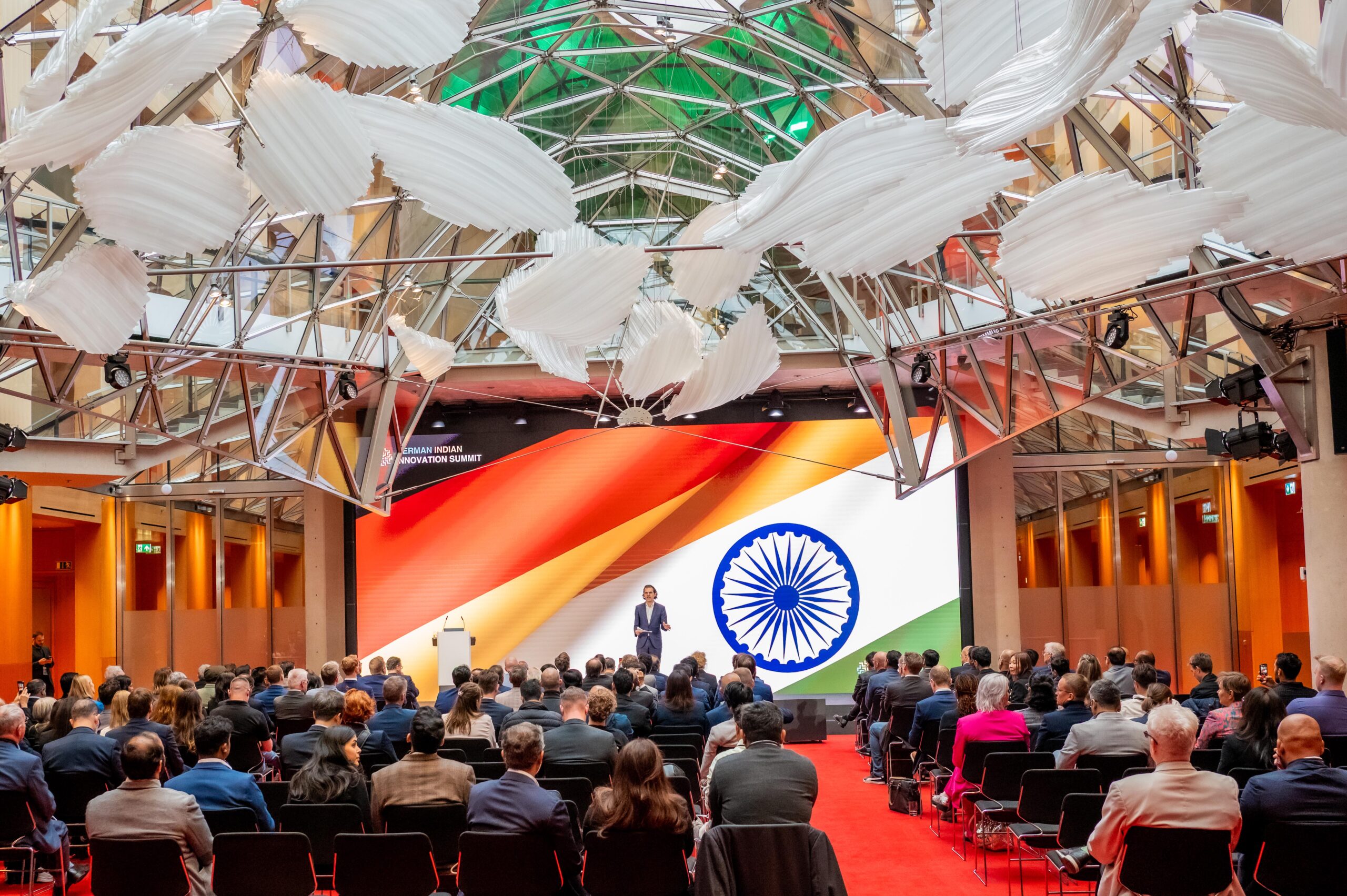- Home
- Careers & Business
- Trade & Business Exchange
- Greener Roads Ahead- The Impac ...
India’s Ambitious FAME Project: Driving Sustainable Transportation
What Is the FAME Project?
The FAME (Faster Adoption and Manufacturing of Hybrid and Electric Vehicles) project is an initiative by the Government of India aimed at promoting electric and hybrid vehicles. Launched in 2015 as part of the National Electric Mobility Mission Plan (NEMMP) 2020, the project seeks to address environmental challenges, reduce dependence on fossil fuels, and create a sustainable transportation ecosystem. By encouraging the adoption of electric vehicles (EVs) and supporting local manufacturing, FAME aligns with India’s goals of reducing carbon emissions and improving air quality.
How Is FAME Structured?
FAME is implemented in two phases:
FAME I (2015-2019): Focused on creating demand through subsidies for electric vehicles, supporting EV manufacturing, and developing charging infrastructure. This phase targeted a wide range of vehicles, including two-wheelers, four-wheelers, buses, and hybrid vehicles.
FAME II (2019-present): This phase emphasizes expanding the EV ecosystem with a focus on public transportation, building charging stations, and boosting local manufacturing of key EV components such as batteries and electric motors. With a significantly larger budget than FAME I, this phase aims to accelerate electric mobility adoption in both urban and rural areas.
Why Is FAME Important for India and the World?
The FAME project holds immense significance not only for India but also for the global community.
Combating Climate Change: Transportation is one of the largest contributors to greenhouse gas emissions. By promoting EVs, FAME helps reduce carbon emissions, playing a crucial role in addressing climate change. This aligns with global efforts to limit temperature rise and meet the United Nations’ Sustainable Development Goals (SDGs).
Enhancing Energy Security: India relies heavily on imported fossil fuels, which exposes the country to price fluctuations and geopolitical risks. By encouraging the use of domestically produced electricity, FAME strengthens India’s energy security while reducing the environmental impact of traditional fuel consumption.
Improving Public Health: Air pollution caused by vehicle emissions is a major public health concern, particularly in urban areas. The adoption of electric vehicles reduces harmful pollutants such as nitrogen oxides and particulate matter, leading to improved air quality and better health outcomes.
Driving Economic Growth: FAME supports local manufacturing, creating jobs in the EV sector and boosting the economy. By fostering innovation and technology development, the project enhances India’s competitiveness in the global market.
Leading Global EV Transition: As the world shifts toward sustainable transportation, India’s success with the FAME project can serve as a model for other countries. By developing cost-effective EV solutions and charging infrastructure, India can contribute to global EV adoption and help accelerate the transition to clean energy.
Is FAME a Solo Effort?
While FAME is driven by the Indian government, it benefits from collaborations with global partners. Countries like Japan and Germany have shared their expertise in EV manufacturing and battery technology. Global companies like Tesla, Hyundai, and BYD have entered the Indian market, contributing to technological advancements and infrastructure development. Additionally, investments from the United Kingdom and South Korea have supported local manufacturing and research, further strengthening India’s EV ecosystem.
How Does India Compare Globally?
India’s FAME project aligns with global trends in electric mobility, with countries like Norway, China, Germany, the United States, and the United Kingdom leading the way:
Norway: Offers substantial incentives such as tax exemptions, free tolls, and access to bus lanes, resulting in EVs accounting for over half of all new car sales.
China: The world’s largest EV market, with financial subsidies, local manufacturing incentives, and a vast charging network.
Germany: Provides subsidies for EV purchases and has developed an extensive charging network.
United States: Federal and state-level incentives, with California leading the charge through regulations aimed at reducing emissions.
United Kingdom: Offers grants for EV purchases and aims to phase out petrol and diesel vehicles by 2030.
What’s Next for FAME?
India’s goal is to have 30% of its vehicles electric by 2030. To achieve this, FAME II focuses on:
Increasing EV Adoption: Government incentives and rising awareness are expected to drive EV adoption across all vehicle categories.
Expanding Charging Infrastructure: Establishing charging stations in urban and semi-urban areas to reduce range anxiety.
Advancing Battery Technology: Promoting lithium-ion battery production through the Production Linked Incentive (PLI) scheme to reduce costs and dependence on imports.
Integrating Renewable Energy: Developing charging networks powered by solar and wind energy to make EVs more environmentally friendly.
Continued Policy Support: Offering tax breaks, subsidies, and incentives to both consumers and manufacturers to accelerate EV adoption.
Global Collaborations: Forming strategic partnerships with other countries and private entities to leverage expertise in EV technology and infrastructure.
Final Thought
The FAME initiative is steadily transforming India’s transportation landscape—reducing carbon emissions, enhancing energy security, and advancing sustainable mobility. With policy support, technological innovation, and global collaboration, India is well-positioned to become a leader in electric mobility. As EV adoption and infrastructure continue to grow, FAME is poised to shape a cleaner, more resilient future not only for India but for the world. This article offers a broad perspective informed by current developments and expert insights. While every effort has been made to ensure relevance and clarity, readers are encouraged to consult official sources for the most up-to-date guidance. Indo-German Spectrum remains committed to fostering meaningful dialogue and sharing informed content that supports awareness, innovation, and thoughtful progress.
Source Links
• National Electric Mobility Mission Plan (NEMMP): www.niti.gov.in
• FAME India Scheme: www.fame-india.gov.in
• Ministry of Heavy Industries, Government of India: www.mhi.gov.in
• Indian Ministry of Road Transport and Highways: www.morth.nic.in
• International Energy Agency (IEA): www.iea.org
• Tesla: www.tesla.com
• Hyundai India: www.hyundai.com
• BYD India: www.byd.com
• Germany’s Electric Mobility Program: www.bmvi.de
• Norway’s EV Policies: www.elbil.no
• United Kingdom’s EV Strategy: www.gov.uk
• California’s Zero-Emission Vehicle Program: www.arb.ca.gov
• Production Linked Incentive (PLI) Scheme: www.makeinindia.com




